Are you looking for fruits that start with the letter A? Here are 20 fruits that begin with A, along with some helpful information about each.
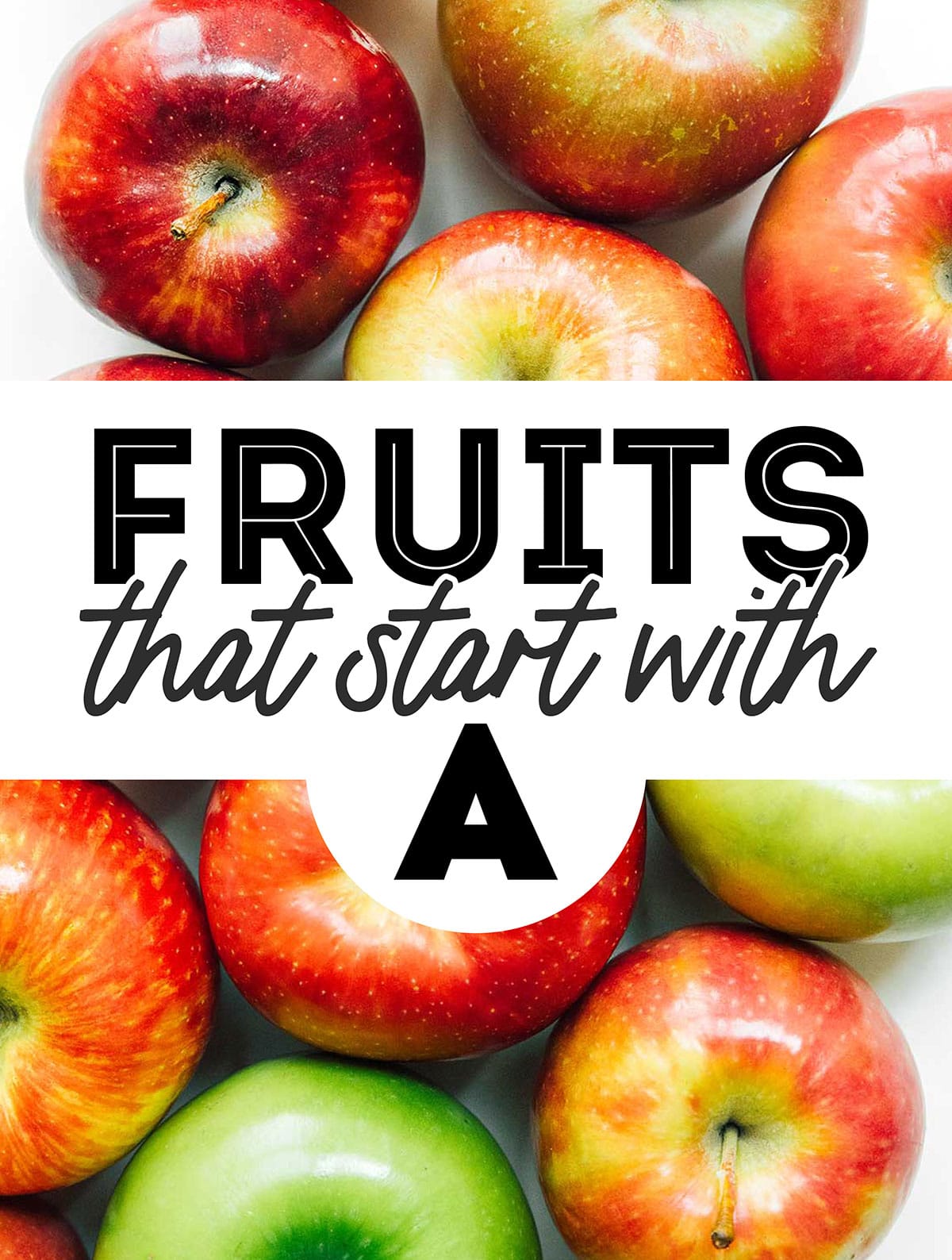
Some of the world’s most favorite fruits start with the letter A, and so do a few pretty unique regional favorites. This list, with a bit about each fruit, will hopefully pique your interest in eating your fruits and veggies. And if you are looking for a vegetarian recipe featuring an A List fruit, here a few of our favorites.
Fruity Trivia!
Which of these fruits has the highest number of calories per ounce? Scroll to the bottom of this post for the answer!)
A. Apple
B. Bananas
C. Strawberries
D. Grapes
- Apples
- Açaí
- Acerola Cherries
- African Breadfruit
- Akebi Fruit
- Alpine Strawberry
- African Mango
- Amanatsu oranges
- Ambarella
- Amaou strawberries
- Ambrosia Apples
- Ambrosia Melon
- Amla
- Apricots
- Annatto
- Annona
- Asian Pears
- Arava Melon
- Asam Kumbang
- Avocado
Apples
Apples. Well this is a list of fruits that start with A, so apples have to figure large. There may be as many as 30,000 apple varieties worldwide today, and 2,500 of these are grown in the United States. Apples have been grown and eaten since the Roman Era and quite possibly before that. If you want more information on just a few of the most popular American apples check out our Apples 101 Variety Guide.
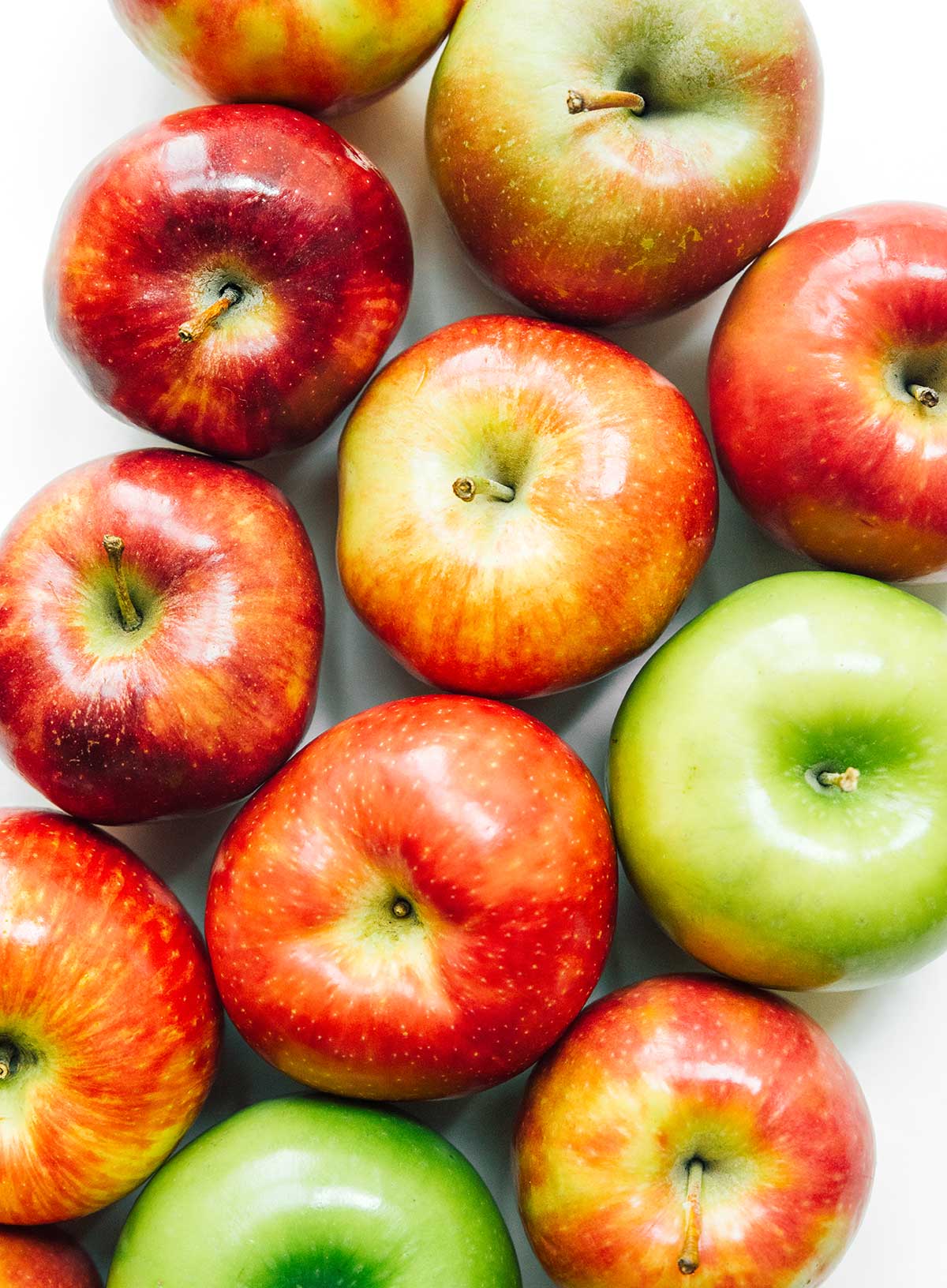
Açaí
Açaí are native to the Amazon region of Brazil where they are considered a staple. They are very healthy berry with a good nutrition profile, and are loaded with antioxidants. They taste rather like blackberries, but have a short shelf life making them difficult to export outside their growing area. They are typically exported frozen or dried. These little gems are great for flavoring ice cream and are also used in making body creams and lotions.
Acerola Cherries
Acerola Cherries are also known as the Barbados cherry or West Indies cherry. They are extremely high in Vitamin C, and their bright red color makes them popular for use in jellies, jams, wine, ice creams, pies, and even cherry popsicles! If you need more reasons to include this and other cherries in your cooking read here about the nutritional benefits of cherries.
African Breadfruit
African Breadfruit are hard and fibrous, and can weigh almost 20 lbs. It is eaten in much of Africa and its seeds are sometimes used as a rice alternative, but also roasted and eaten as snacks.
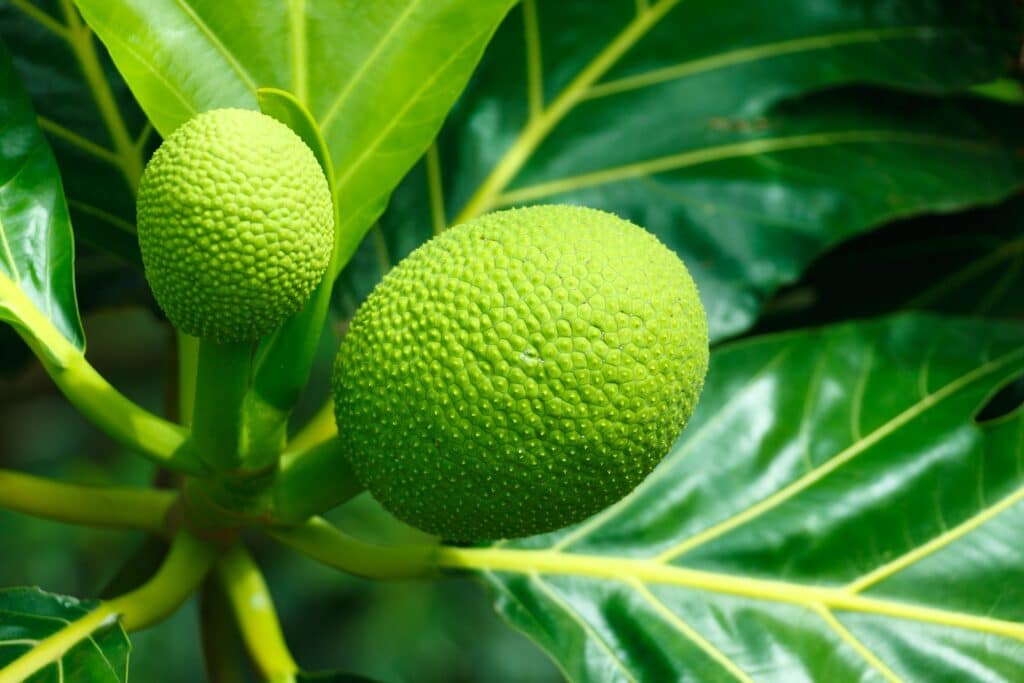
Akebi Fruit
Akebi Fruit is an oblong purple fruit native to Japan. Both the pulp and seeds are edible though many people spit out the seeds. In Japan the thick skins are often stuffed with fillings and deep fried. The Japanese eat Akebi as a seasonal delicacy, and in China it is used in traditional medicine. You should be able to find Akebi at international markets and specialty food shops.
Alpine Strawberry
Alpine Strawberry aren’t quite the strawberries we are accustomed to getting at the market or growing in our home gardens. The plants are smaller as are the fruit. These berries are typically the size of a grape. The alpine strawberry can be found wild on most continents, and you can grow them in your home garden. Strawberries are very nutritious, and these strawberry recipes are about as All-American as apple pie.
African Mango
African Mango is also known as the wild mango or bush mango and is eaten by both humans and African wildlife to include monkeys, gorillas, and elephants. The most common human uses include eating them raw, in jams, jellies, juice, or wine. The seeds are known for their high fat and protein content providing over 200 calories per ounce.
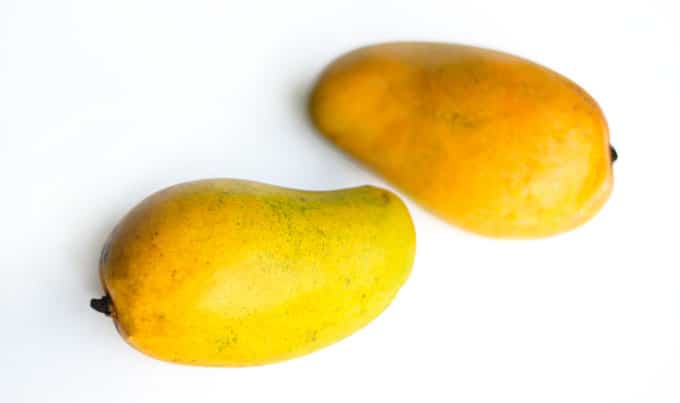
Amanatsu oranges
Amanatsu oranges are native to Japan and are normally as big as grapefruit. They are typically eaten pealed and fresh though they are also used in jams & jellies and occasionally ice cream.
Ambarella
Ambarella is the name in Sri Lanka for this tropical fruit also known as the June Plum. In the Caribbean it is called the golden apple and in Polynesia the Wi. So, this fruit is common around the world in equatorial regions. It can be eaten raw, but is said to be best cooked and is often made into jams, jellies, and soups.
Amaou strawberries
Amaou strawberries are another native to Japan (Japan is a trend here among Fruits that start with the A). These are sometimes called the King of Japanese strawberries, and locally can cost as much as $10 each. Not surprisingly they are used in specialty foods like atop traditional Japanese Christmas cakes. The amaou strawberry is lager and often sweeter than the garden variety strawberry we are most familiar with. You can find these in the United States, but given their price using them sparingly would be wise. Perhaps in Stuffed Strawberries with Herby Whipped Brie.
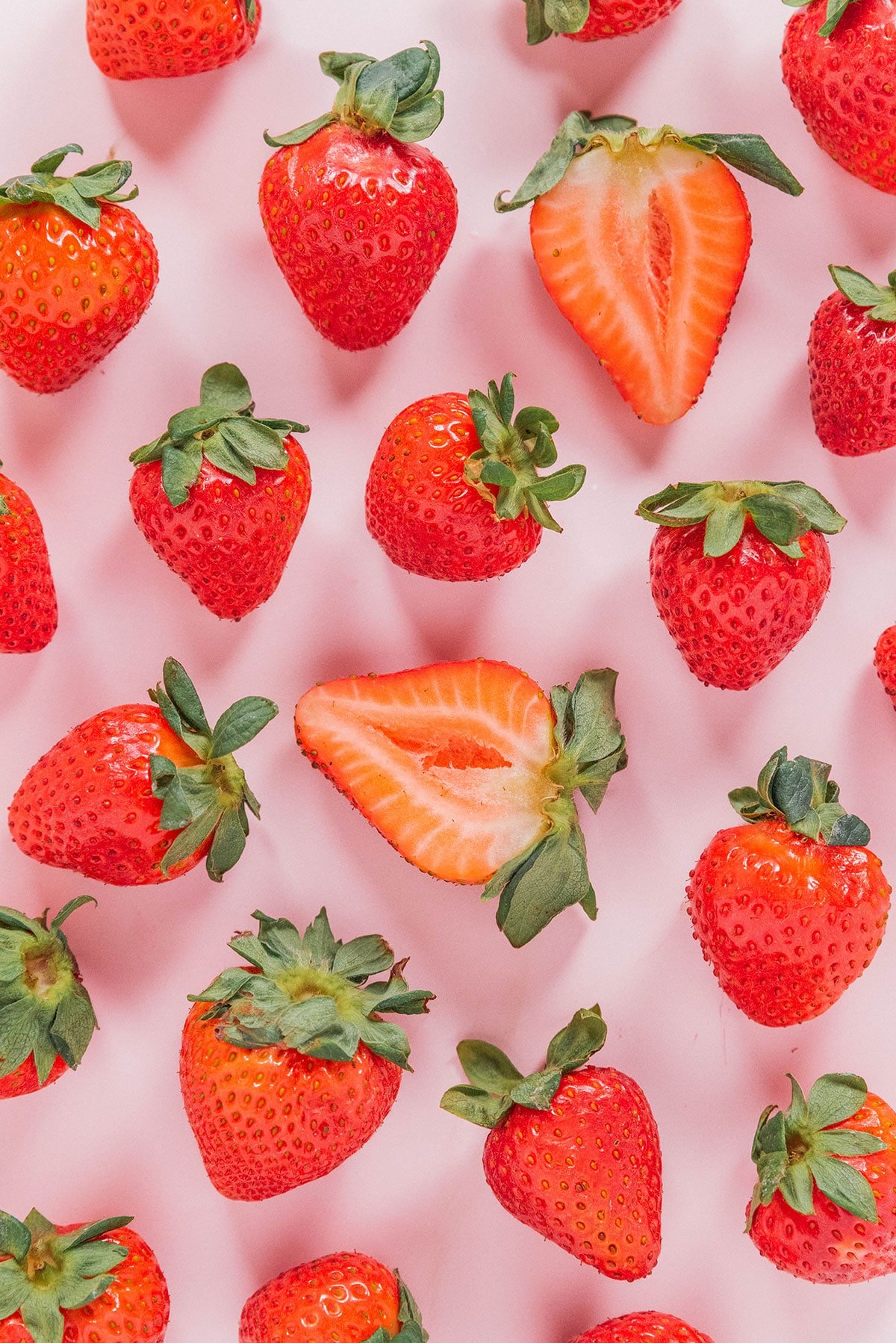
Ambrosia Apples
Ambrosia Apples originated in British Columbia. The first tree was cultivated in the early 1990s by the Mennell family who held breeder’s rights on the trees until only a few years ago. They previously received a $2 (Canadian) royalty per tree planted in Canada and $1 in the US. Ambrosia apples are known for their sweet honey taste. This makes sense as ambrosia means “food of the gods” in ancient mythology. Take a look at our Apples 101 Variety Guide for a whole lot more on apples.
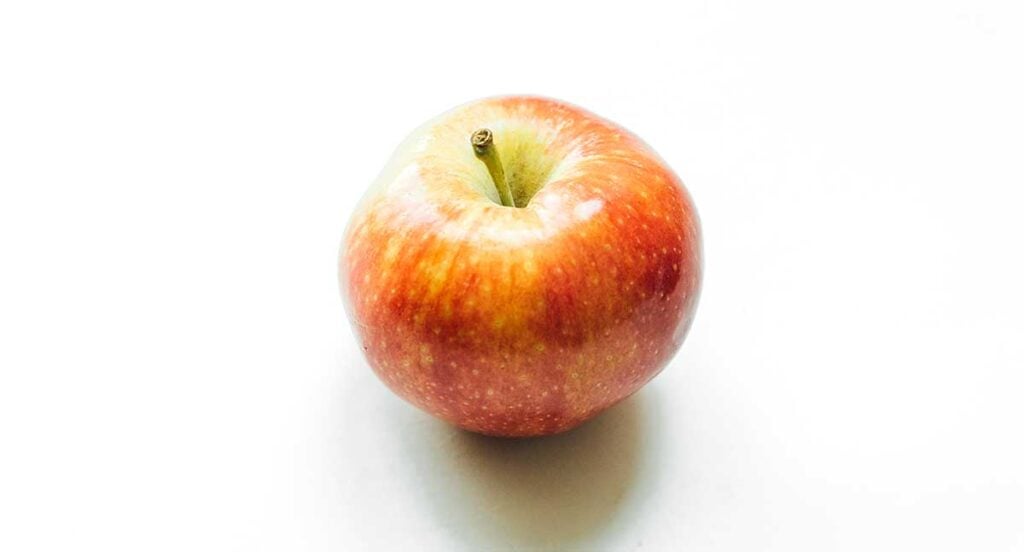
Ambrosia Melon
Ambrosia Melon are very similar to cantaloupes, but generally a bit smaller and even sweeter. Like cantaloupes they go great in fruit salads, eaten by the slice, or on our favorite Curried Melon Salad
Amla
Amla are native to India and also known as Indian gooseberries. They are best known for their tremendous nutritional value with a handful containing the RDA of Vitamin C. Not surprisingly, they have been used locally in healing remedies for over a thousand years. High in antioxidants and fiber, the berries are also useful in blood glucose control. The berries are quite tart and can be bitter. These can be difficult to find fresh in the USA, but you can easily find them canned, dried, or made into a nutritional supplement.
Apricots
Apricots are a nutritional dynamo containing a lot of vitamin A as well as an abundance of many other vitamins and minerals. They also have only about 15 calories per ounce making them relatively low calorie. They are eaten around the world in a variety of international dishes, but for many people eating them raw or in jams & jellies is often the favorite. Turkey is world’s leading producer of apricots. On a side note American Army and Marine Corps tankers have a strict rule that apricots are not allowed on tanks. I am not making this up. My father, a tanker from the 1991 Gulf War and Second Iraq war, swears this is the case. We aren’t talking fuel tanker here, but those big beasts with a huge cannon and machine-guns. But, no apricots onboard.
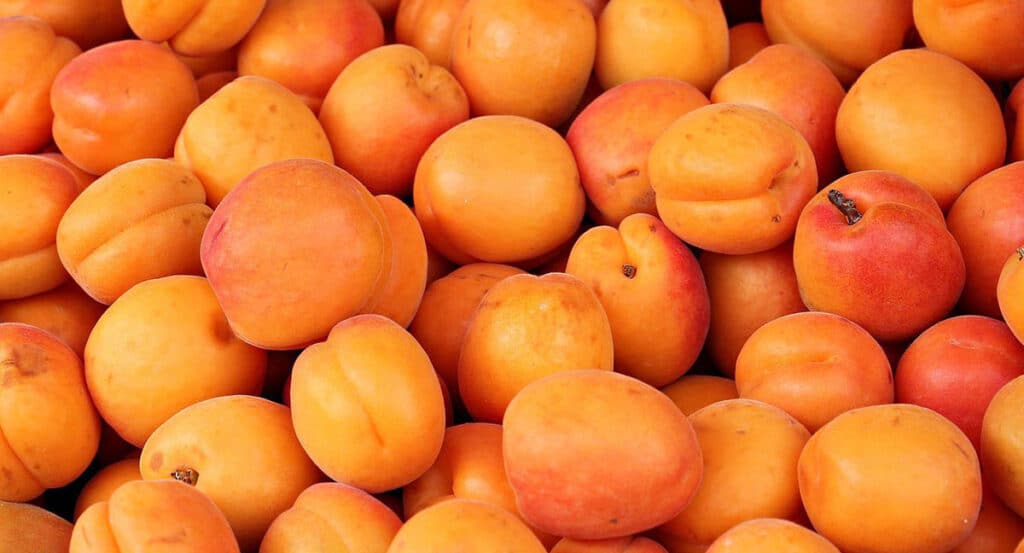
Annatto
Annatto are seeds from the achiote tree grown in Central and South America. They are used primarily in food coloring. The seeds impart a yellow to orange color used in a wide variety of commercial food products like cheese, ice cream, yogurt, butter, margarine, and bakery products.
Annona
Annona are also known as custard apples or sugar apples. They are green and apple sized, but have a hard skin resembling a pinecone. They grow in tropical high-altitude areas and are known for their creamy white pulp but inedible seeds. They are mostly used in ice cream, smoothies, and other desserts, and have a wonderful nutrition profile being packed with vitamins, minerals, fiber, and antioxidants.
Asian Pears
Asian Pears are a particularly sweet pear variant shaped more like an apple than other pears. It was introduced to America by Chinese immigrants in the mid-19th Century. Asian pears are a great source of dietary fiber, potassium, and vitamin C, making them like other pears are quite healthy. They are great eaten raw, on fruit or veggie salads, or in many regional specialties like this Dutch Poached Pear Recipe.
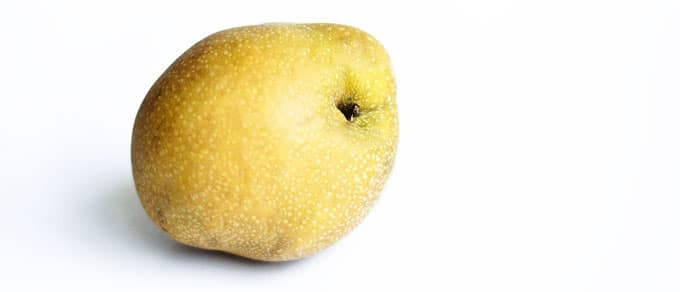
Arava Melon
Arava Melon are native to Israel, and a cross between a honeydew melon and cantaloupe. They are quite sweet when ripe and are great eaten in slices or balls, and go well in both sweet and savory recipes.
Asam Kumbang
Asam Kumbang is a wild mango that grows in tropical lowland forests in Borneo, Malaysia and Singapore. It isn’t commercially grown, but grows wild. It is a rare tree and considered endangered, so you aren’t apt to find the fruit in the USA. So much for that Kumbang themed party. If however, wild mangoes have you thinking about more traditional mango fare, try this Easy Mango Salsa Recipe or perhaps Mango Popsicles, and if you have any doubts about the nutritional value of the world’s most eaten fruit, mango nutrition info this way.
Avocado
Avocado are often considered a vegetable, and lets face it…have you ever cut up an avocado and put it on cereal or yogurt? Me either. Sounds like a vegetable to us. But hey, it has a huge seed, so we will stick with the fruit classification for this nutritious gem. America’s love for Avocados is fairly recent. There used to be a ban on fruits from Mexico (the birthplace of the avocado) to America. When these import restrictions were loosened in the 90’s and finally removed in 2007, avocados (or palta in Spanish) could flow freely into our country (and mouths). A rising Hispanic population has also brought with it Mexican cuisine, namely in the form of guacamole. Top this all with the early 2000’s love of low carb, high fat diets and you have the makin’s for a decade that’s gone avocontrol. Looking for an avocado inspiration? Try any of these 17 Ways to Eat Avocado for Dinner.
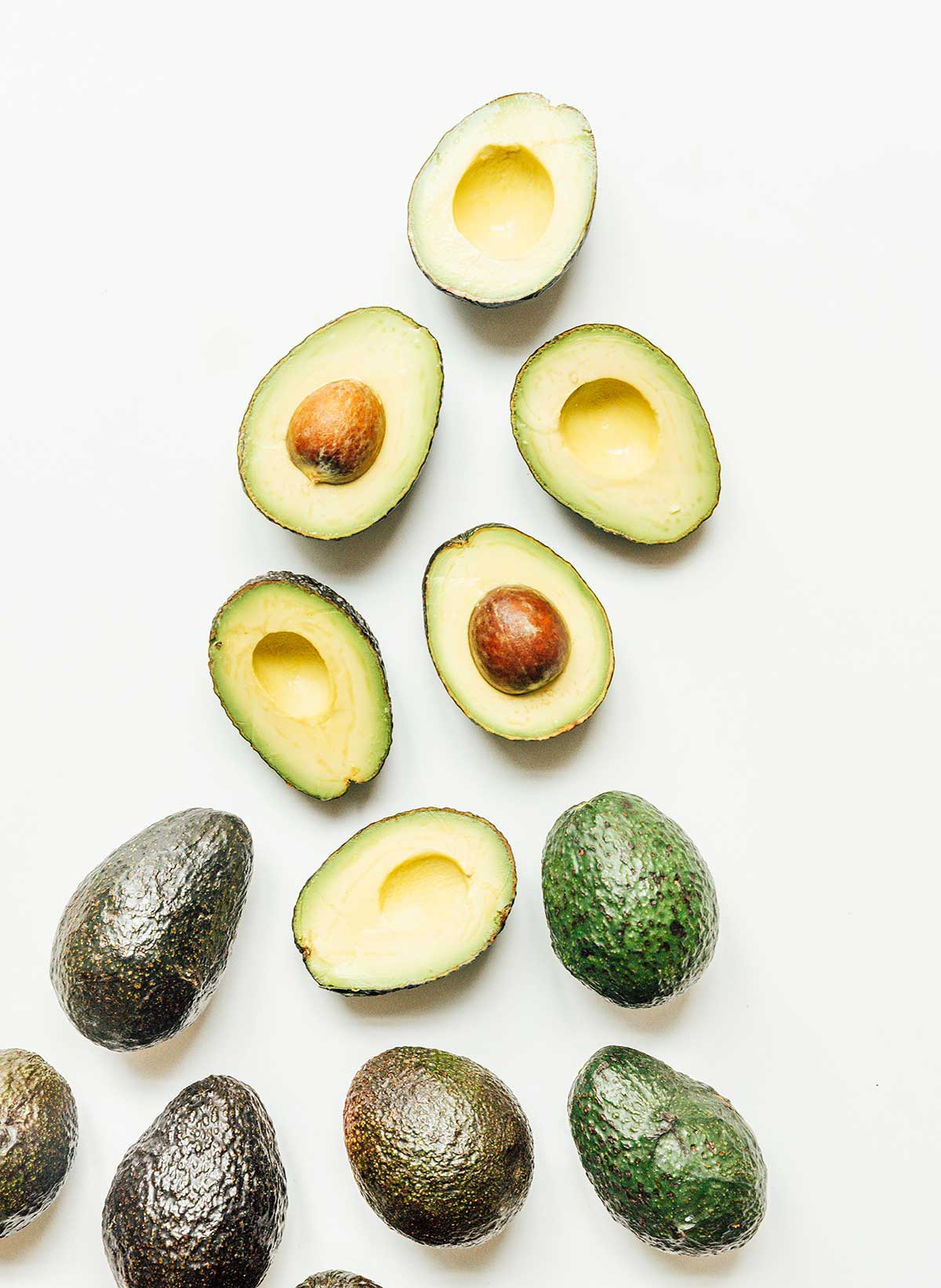
Trivia Answer
Bananas have the most calories per ounce at 25 followed by grapes at 19, peaches at 11, and strawberries at only 9.
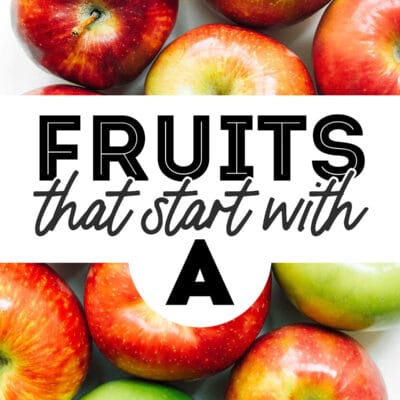
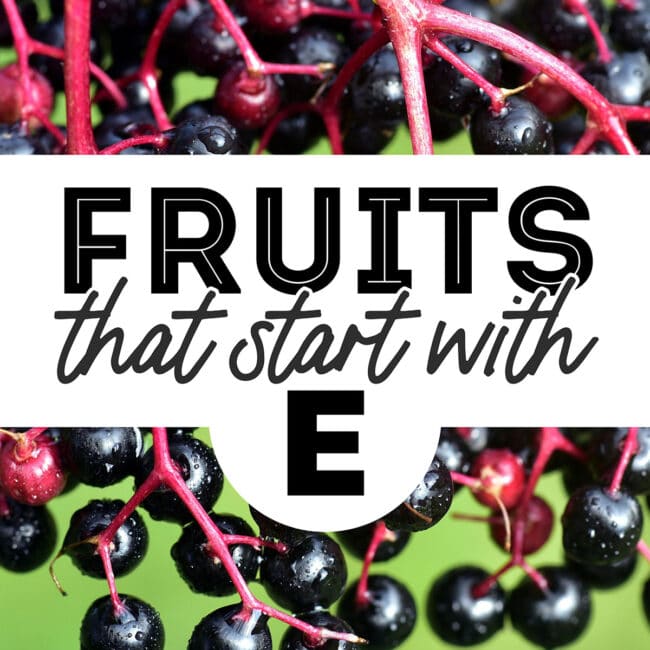
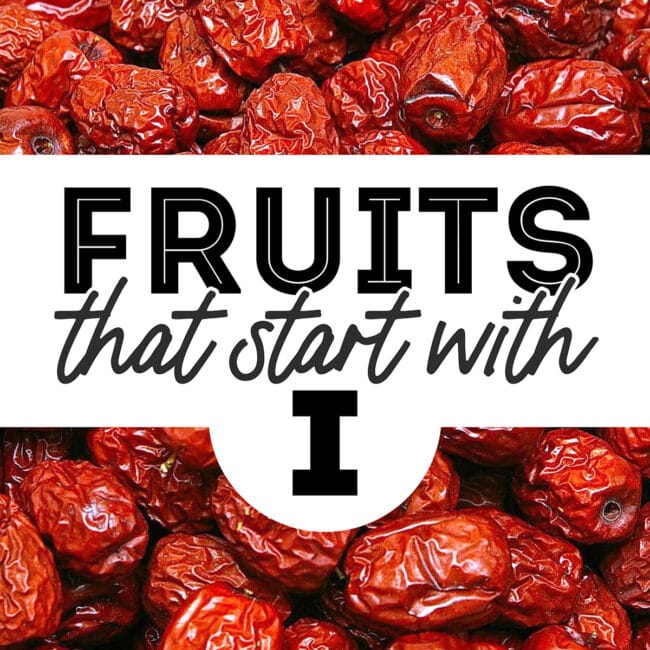
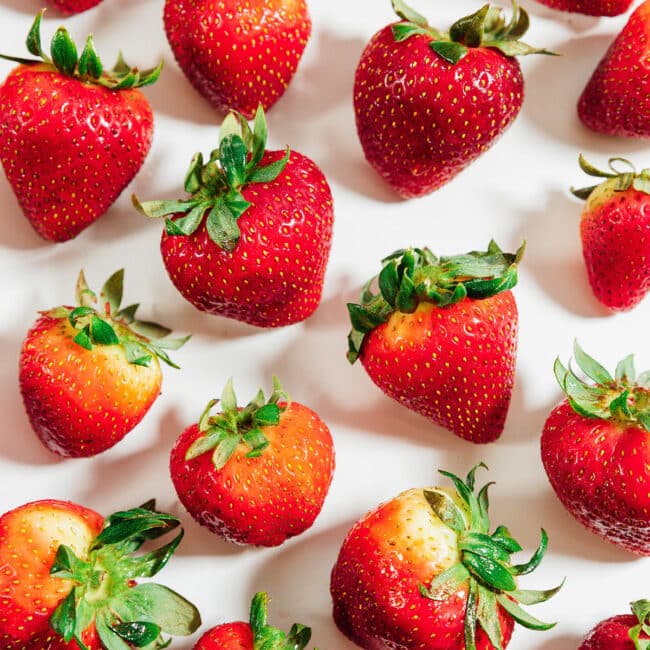
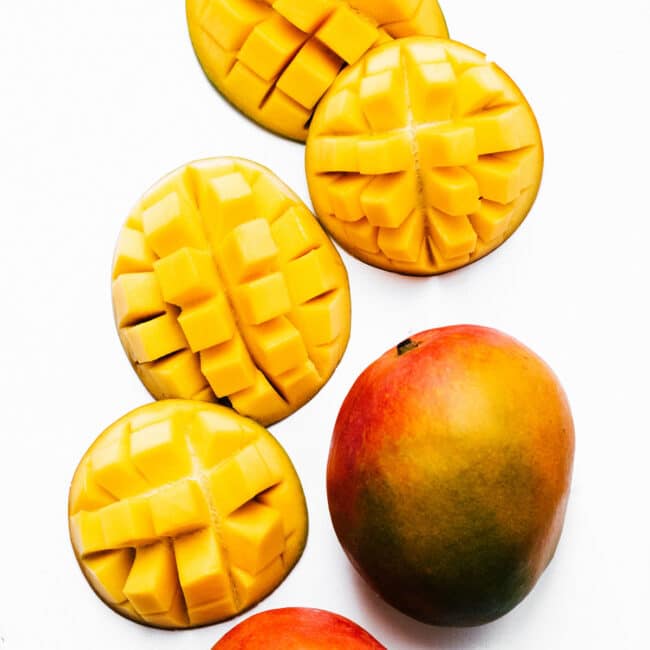
Leave a Comment